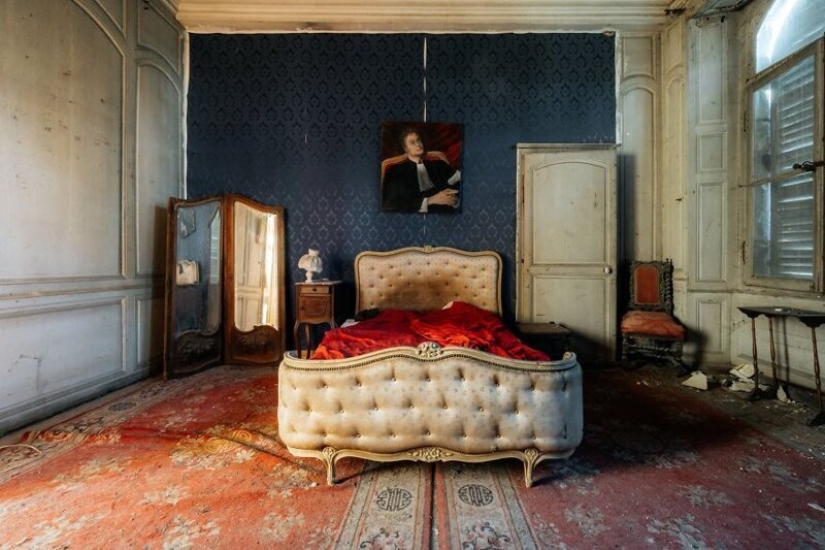The French castle of Quesnel shortly before the devastating fire
Categories: Design and Architecture | History | Photo project
By Pictolic https://pictolic.com/article/the-french-castle-of-quesnel-shortly-before-the-devastating-fire.htmlProfessional photographer Romain Thiery specializes in finding and shooting pianos in abandoned buildings in Europe. During his next trip, he was lucky enough to visit the castle of Quesnel in France. The 18th-century palace with an area of more than 700 m2, once owned by the knightly family of Quesnel, was destroyed by fire in 2018. Here are the photos of Thierry, which were taken shortly before the disaster.
 Le Quesnel Palace (French: Chateau de Le Quesnel / Chateau Sécession) is an abandoned castle in Le Quesnel (Somme) in France.
Le Quesnel Palace (French: Chateau de Le Quesnel / Chateau Sécession) is an abandoned castle in Le Quesnel (Somme) in France.

The castle belonged to the knightly family of Quesnel in the XII century. It became a victim of the Thirty Years ' War, it was looted and partially burned. The property was purchased by Jean Le Fort, who married Marie Damien. It was after his death in 1751 that his son Jean Baptiste Le Fort built the foundation of the current castle. At that time, the castle had only one floor.


In 1853, the facade of the "Chateau de Le Quesnel" was changed by Charles de Bourdon, a new pavilion was built and a second floor was added.
The castle was captured and bombed during the First World War. After the war, the Viscount of Bourdon restored the castle and gave it to his daughter, the Countess of Lussac. After the Second World War, the property remained uninhabited and was sold in 1985. The castle was bought by a Parisian lawyer. Part of the building collapsed in the late 1990s.

In December 2018, the castle burned down. Only part of the facade has survived.




Keywords: Castle | Fire | France
Post News ArticleRecent articles

Victor Lustig is considered one of the most skillful and famous scammers in the world. He was arrested about 50 times and released ...

A small apartment is not a sentence! On the contrary, this is an occasion to turn on imagination and come up with ways to stylishly ...
Related articles

Who does not know the greatest French singer, whose songs have become world hits, and she herself is an example for millions to ...

King Louis XIV of France, whom the courtiers called the "Sun King", is a very popular person in literature and cinema. We know this ...

Surprisingly, many quite ordinary things have names that are unusual to our ears, but at the same time correct. You've probably ...

Each of us has heard at least once that "breakfast is the most important meal of the day." Spreading this truth is the work of ...